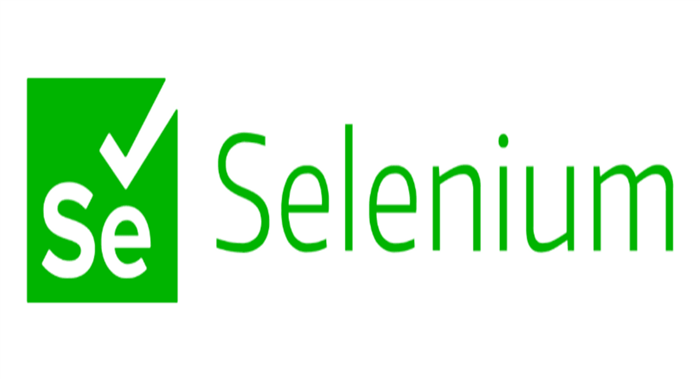Table of Contents
ToggleWhat is Software Review?
Software review plays a pivotal role in the Software Development Life Cycle (SDLC), aiding engineers in validating software quality, functionality, and essential features. This systematic examination, conducted collaboratively, aims to identify and resolve errors in documents like requirements, designs, codes, test plans, and test cases during the early stages of SDLC. The process ensures that the software aligns with client requirements.
In the context of software development, various types of reviews are conducted to assess different aspects of the development process and the software itself. Here are some common types of reviews in software:
Code Review :
– Developers systematically examine source code to find and fix errors, improve code quality, and ensure adherence to coding standards.
– Conducted using tools like GitHub, GitLab, or Bitbucket for asynchronous feedback.
Design Review:
– Evaluation of the overall system architecture and design to ensure that it meets requirements, is scalable, maintainable, and aligns with best practices.
Requirements Review:
– Inspection of the software requirements specification to verify that it is complete, clear, and accurately reflects the stakeholders’ needs.
Test Case Review:
– Examination of test cases to ensure comprehensive test coverage, accuracy, and alignment with the software requirements.
Peer Review:
– A general term that can refer to various types of reviews, including code review, design review, and document review, among others.
Document Review:
– Assessment of various project documents such as specifications, manuals, and user documentation to ensure accuracy, completeness, and clarity.
Release Readiness Review:
– Evaluation of the software’s readiness for release, including testing results, documentation, and any outstanding issues.
Inspection:
– A formal and structured review process that involves a team of individuals examining a document or code for defects and improvements.
Walkthrough:
– A collaborative and informal review where a team goes through a document, code, or design together, discussing and clarifying details.
Audit:
– An independent examination of processes, code, or documentation to ensure compliance with standards, regulations, or best practices.
User Interface (UI) Review:
– Evaluation of the software’s user interface to ensure it meets design guidelines, is user-friendly, and provides a positive user experience.
Performance Review:
– Assessment of the software’s performance characteristics, including speed, scalability, and resource usage.
Code Inspection:
– A systematic and detailed examination of source code with the goal of finding and fixing defects, improving code quality, and ensuring adherence to coding standards.
Regression Test Review:
– Examination of regression test cases to ensure that changes to the codebase do not introduce new defects or negatively impact existing functionality.
Code Walkthrough:
– A collaborative review where developers discuss the code with the goal of improving code quality, sharing knowledge, and identifying potential issues.
The choice of review type depends on the specific goals, artifacts, and stages of the software development lifecycle. Combining various review types can help ensure a comprehensive and effective quality assurance process.
Why is Software Review important?
Software review is integral to the development process, providing clarity for both the team and client. It enhances productivity, ensures adherence to requirements, and brings numerous benefits:
– Improves development team productivity.
– Enhances testing efficiency, reducing time and costs.
– Minimizes defects in the final software, cutting overall expenses.
– Cost-effective early identification of issues.
– Trains authors for defect detection and prevention.
– Eliminates inadequacies in the software.
– Reduces error rates through continuous checks.
– Dramatically shortens the time required for producing technically sound documents.
